Unveiling the Hidden Powerhouse: Transforming Industries & Homes with Glycol Ethers
Glycol ethers are a versatile group of solvents widely used in various industrial and household applications. They are known for their ability to dissolve a variety of substances, making them an essential component in numerous products. In this article, we will explore the many uses of glycol ethers, as well as their relation to other glycols like ethylene glycol and propylene glycol.
What are Glycol Ethers?
Glycol ethers are a class of solvents derived from the reaction of an alcohol and an ether, usually ethylene or propylene oxide. They are known for their excellent solvency, low toxicity, and low evaporation rates. Glycol ethers are commonly used in cleaning solutions, paints, coatings, and as intermediates in the synthesis of other chemicals.
Glycol Ether EE
Glycol Ether EE is a specific type of glycol ether that is commonly used as a solvent in coatings, printing inks, and cleaning products. It is known for its excellent balance of solvency and water solubility, making it an ideal choice for various applications.
-
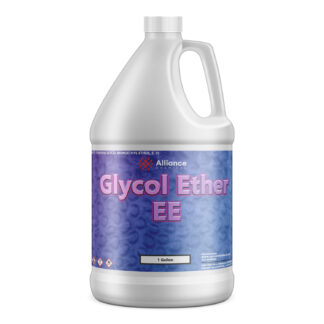 Glycol Ether EE$35.00 – $4,400.00
Glycol Ether EE$35.00 – $4,400.00
Industrial Applications of Glycol Ethers
Glycol ethers are widely used in numerous industrial applications due to their versatile properties. Some of the key uses include:
- Coatings and Paints: Glycol ethers are used as solvents in the production of paints, varnishes, and other coatings. They help improve the flow and leveling of the paint, allowing for a smoother and more even application.
- Printing Inks: In the printing industry, glycol ethers are used to dissolve resins and other components in ink formulations. They also help control the viscosity and drying properties of the ink.
- Cleaning Solutions: Glycol ethers are used as solvents in various cleaning products, including degreasers, glass cleaners, and all-purpose cleaners. They help dissolve dirt, grease, and other contaminants, making them easier to remove.
- Adhesives and Sealants: Glycol ethers are used as solvents in the production of adhesives and sealants, helping to control the viscosity and improve the bonding properties of the final product.
- Textile and Leather Processing: Glycol ethers are used as solvents in various textile and leather processing applications, such as dyeing, finishing, and coating.
Household Applications of Glycol Ethers
In addition to their industrial uses, glycol ethers are also found in many household products, including:
- Cosmetics and Personal Care Products: Glycol ethers are used as solvents in various cosmetic and personal care products, such as perfumes, lotions, and creams. They help to dissolve and stabilize the various ingredients in the formulation.
- Cleaning Products: As mentioned earlier, glycol ethers are commonly used in household cleaning products, such as glass cleaners and degreasers, due to their excellent solvency properties.
Relation to Other Glycols
Glycol ethers are related to other glycols, such as ethylene glycol and propylene glycol. These glycols are used in a variety of applications, including antifreeze, coolants, and heat transfer fluids. For example, Artic Assist is a product that contains a mixture of a rust inhibitor and propylene glycol, designed for use as a heat transfer fluid and antifreeze.
Propylene Glycol – Technical Grade is another popular product that is used in various industrial applications, such as deicing fluids, plasticizers, and hydraulic fluids. It is also used as a solvent in the food and pharmaceutical industries due to its low toxicity and excellent solvency properties.
In addition to ethylene glycol and propylene glycol, other glycols like polyethylene glycol (PEG) are used in various applications. PEG is a polymer composed of repeating units of ethylene glycol, and it is used as a lubricant, plasticizer, and as an ingredient in many cosmetic and pharmaceutical products.
-
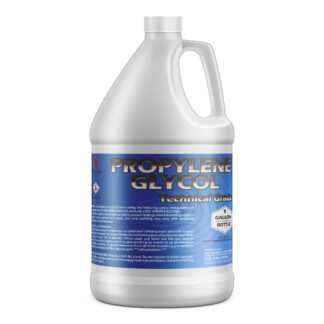 Propylene Glycol Technical Grade$23.00 – $4,875.00
Propylene Glycol Technical Grade$23.00 – $4,875.00 -
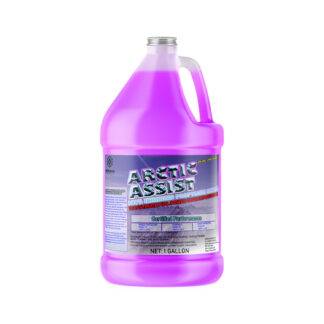 Arctic Assist$30.00 – $5,775.00
Arctic Assist$30.00 – $5,775.00 -
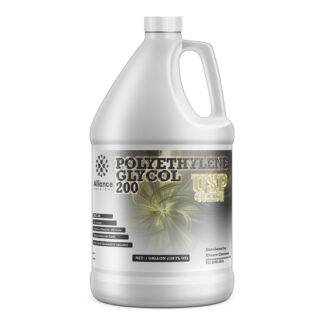 Polyethylene Glycol 200 (PEG)$32.00 – $6,480.00
Polyethylene Glycol 200 (PEG)$32.00 – $6,480.00 -
 Propylene Glycol USP Grade$28.00 – $6,400.00
Propylene Glycol USP Grade$28.00 – $6,400.00 -
 Ethylene Glycol Semiconductor Grade$21.00 – $3,300.00
Ethylene Glycol Semiconductor Grade$21.00 – $3,300.00
Safety Considerations
While glycol ethers are generally considered to be low in toxicity, it is important to handle them with care and follow appropriate safety measures. Always read and follow the safety data sheet (SDS) for the specific glycol ether product you are using and ensure that proper ventilation is provided when working with these solvents.
In conclusion, glycol ethers are versatile solvents that play a crucial role in numerous industrial and household applications. Their excellent solvency, low toxicity, and low evaporation rates make them an essential component in a wide range of products, including paints, coatings, cleaning solutions, and personal care products. By understanding the various uses of glycol ethers and their relation to other glycols like ethylene glycol and propylene glycol, you can make informed decisions about their use in your applications.
-
 Ethylene Glycol Inhibited ACS Grade$32.00 – $3,850.00
Ethylene Glycol Inhibited ACS Grade$32.00 – $3,850.00 -
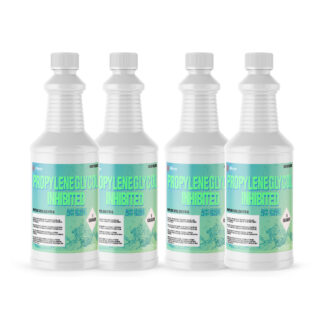 Propylene Glycol Inhibited ACS Grade$35.00 – $5,500.00
Propylene Glycol Inhibited ACS Grade$35.00 – $5,500.00 -
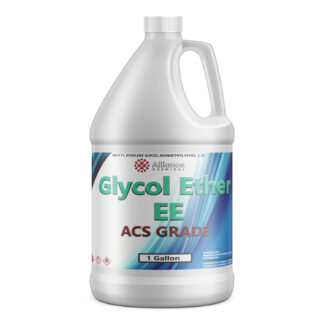 Glycol Ether EE ACS$38.50 – $8,850.00
Glycol Ether EE ACS$38.50 – $8,850.00 -
 Ethylene Glycol ACS Grade$23.10 – $3,300.00
Ethylene Glycol ACS Grade$23.10 – $3,300.00 -
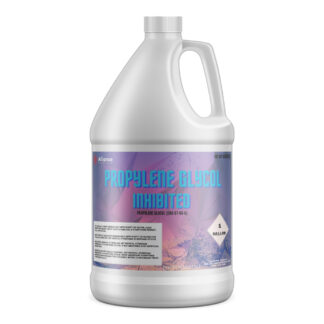 100% Propylene Glycol Inhibited$25.00 – $5,300.00
100% Propylene Glycol Inhibited$25.00 – $5,300.00 -
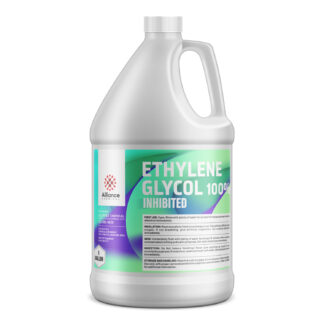 100% Ethylene Glycol Inhibited$22.00 – $3,200.00
100% Ethylene Glycol Inhibited$22.00 – $3,200.00 -
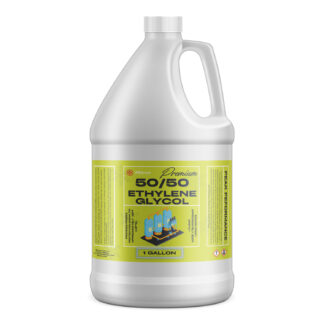 Ethylene Glycol 50/50$20.00 – $3,200.00
Ethylene Glycol 50/50$20.00 – $3,200.00 -
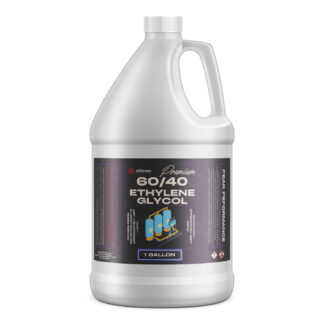 Ethylene Glycol 60/40$20.00 – $3,105.00
Ethylene Glycol 60/40$20.00 – $3,105.00 -
 Glycol Ether EE$35.00 – $4,400.00
Glycol Ether EE$35.00 – $4,400.00




